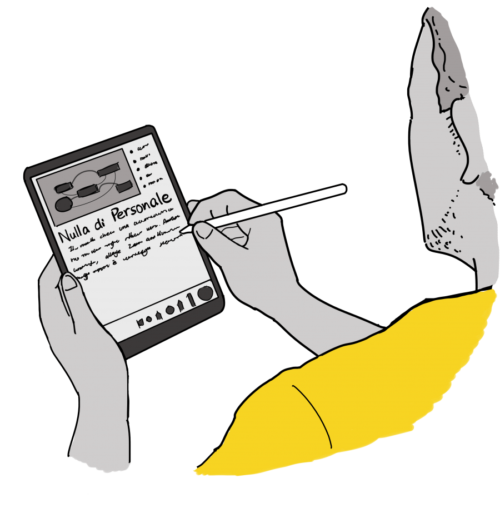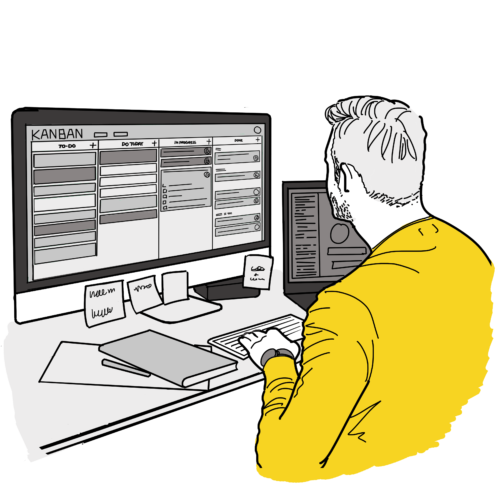
Lean UX
We don’t think in terms of UX > UI > coding that much anymore. It’s all weaved together. At the beginning of every design and building cycle (the “sprint”, usually two-week long) we plan with the client the basic units of the product to be developed, the so-called “user stories”. Designers immediately start to lay out user flows, interaction patterns and interfaces, working in mixed teams with our engineers and coders.
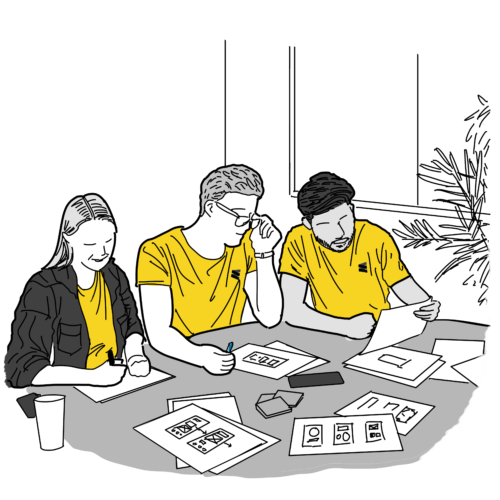
User experience design
A great product experience always starts with a solid information architecture and an effective content organization, that make tasks easier to accomplish for users. Once the architecture is defined, designers start hand-sketching use cases and structures on paper, creating low fidelity prototypes that allow faster iterations with developers and stakeholders.
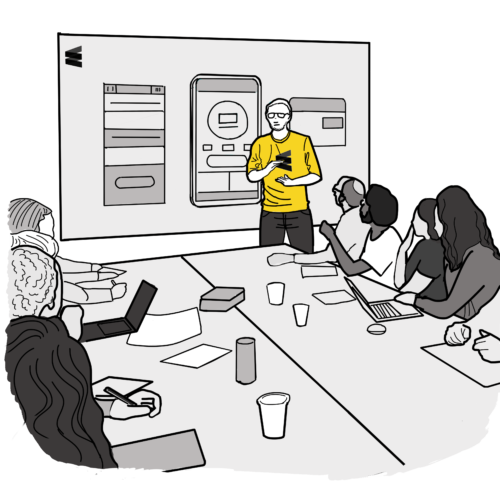
User interface design
The selected concepts are quickly translated into beautiful, state-of-the-art, visually engaging user interfaces – even more quickly if a design system is already in place. We always design with an atomic approach, creating product components that can be used like building blocks to easily generate new features and environments. For web solutions, mobile apps, HMIs and everything that has got a pixel in it.
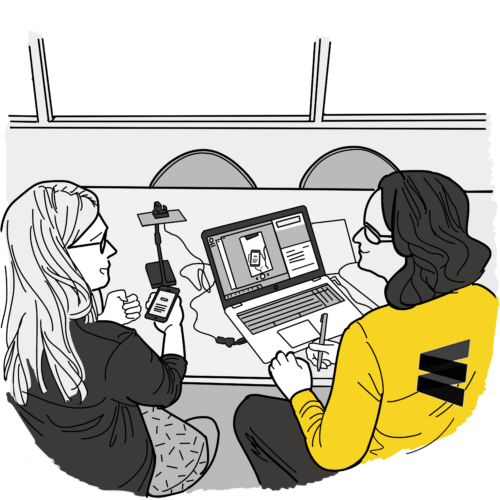
Prototyping and testing
Completely designed user stories are brought to life through interactive prototypes at different levels of fidelity (from InVision to Principle, Flow or actual HTML), and tested with real users in order to collect valuable feedbacks. All navigation errors are collected and analyzed, and points of friction are highlighted in order to provide recommendations to fix potential issues and iterate the design in no time for developers to implement.
In a nutshell
- Information architecture
- UX concept
- Wireframe
- UI design
- Prototype
- User test
THE FRAMEWORK
Explore the model
Let’s make a great product together!
